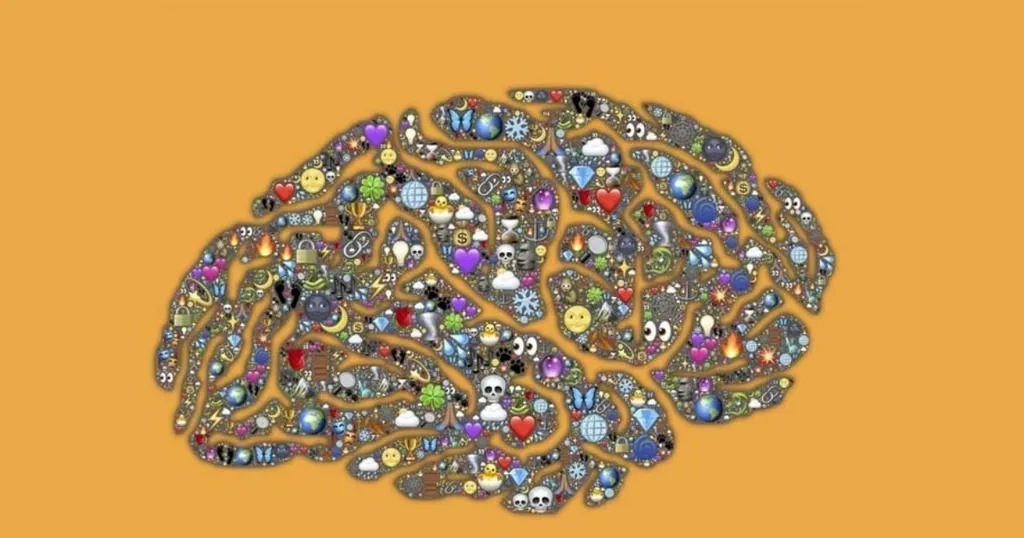Cognitive neuroscience: Behavior
We are in a pandemic where most of us are forced to change our daily behavior. Fortunately, we have our neocortex: it gives us considerable flexibility and creativity in adapting to a changing environment.
Posted by
Published on
Mon 20 Apr. 2020
Topics
| Behavioral Research | Brain Research | Cognitive Neuroscience | Data Integration | EEG | Neuromarketing |
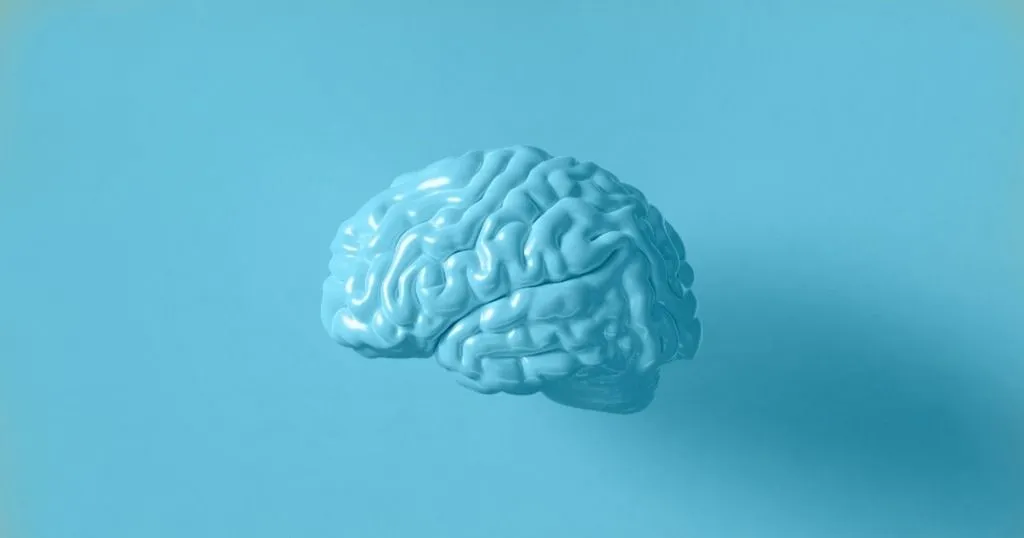
In the previous blog posts, we dived into the basics of cognitive neuroscience, and zoomed into the role of emotions in the field of cognitive neuroscience.
This final blog post of this blog series addresses the last subject: behavior and cognitive neuroscience.
System 1 and system 2
In the field of psychology, the terms System 1 and System 2 are widely used. These are two types of systems that can be distinguished within the brain. Do you remember how we discussed in the previous blog post how different types of brain regions trigger reactions such as fight or take flight?
According to Kahneman, Nobel Prize winner, this is an example of System 1. This is a fast system, and determines 98% of our thinking. It’s automatic, without having to think about it. This is, as discussed earlier, the ‘survival’ system.
System 2 is slower and more conscious. You use it to find information, make choices and make them rationally. This system is responsible for 2% of our thinking.
System 1 is not a fan of big changes. After all, it wants to protect you, ease your pain, so that you can survive. And why would you want to change something that has kept you alive for so long?
What is interesting here, is that we are currently in a completely different situation due to COVID-19. A threatening situation, so to speak. We are in a pandemic where most of us are forced to change our daily behavior. Your entire daily rhythm needs to be adjusted, because you can no longer move as freely as before.
Hence our brain is a bit upset. It has to get rid of its automatic system and adapt itself to this new situation. This can be quite uncomfortable, emotionally.
Fortunately, we have our neocortex: it gives us considerable flexibility and creativity in adapting to a changing environment. Which means that after the first awkward days, we will adapt to our new situation.
Learn more about working from home strategies in the blog post of my colleague Jason.
The brain as a predictor
The brain constantly anticipates, for example while reading this sentence, or while walking down the street. If you were connected to an EEG, we could measure so-called ‘Event-related potentials’, also known as ERPs.
ERPs are electrophysiological responses of the brain to environmental events. These events can be simple sensory stimuli, such as sounds, flashes of light, or an electric shock to the skin. Also, motoric events such as typing can trigger ERPs.
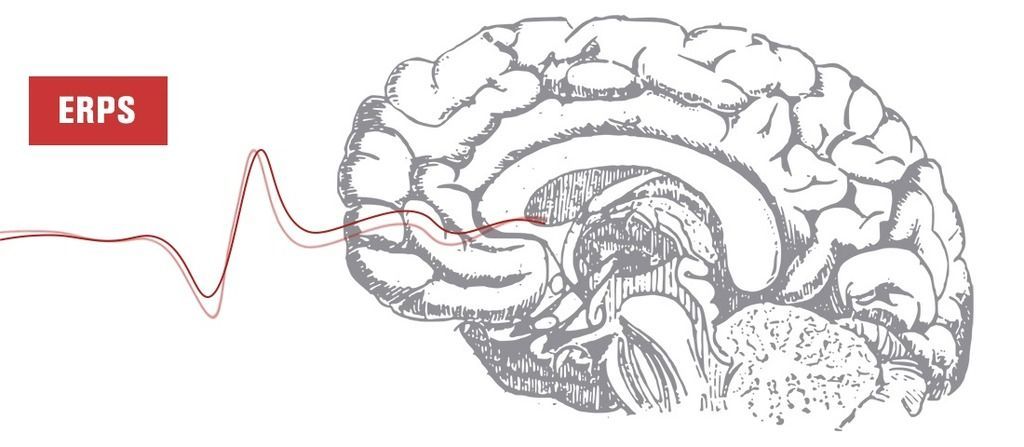
In neuromarketing research for example, these ERPs can be measured to define neurological responses to a trigger in a commercial. These ERPs tell you when someone is feeling engaged. It tells you even more when this data is combined with emotional data, or eye tracking data. Combining methods is crucial for gaining insight in something as complex as liking and wanting.
This anticipation of the brain shows that your long-term memory is constantly popping up with things that it thinks you will need soon, so that you are better ‘prepared’ for the future.
The brain can thus be seen as a chronic predictor: it lets you estimate whether you have enough time to cross the streets, or whether or not you should organize a social gathering during a pandemic (spoiler alert: you shouldn’t).
How can we observe behavior in the brain?
Researchers typically combine brain and behavioral observations. They can present visuals on a screen, have the subject play a game, or try to solve a puzzle. Therewith, we typically observe a correlation between behavior and brain activity.
In methods with high spatial resolution, such as fMRI, different tasks show local increases or decreases in the BOLD (blood oxygenation level) signal, indicating that the brain is more active in some regions than others.
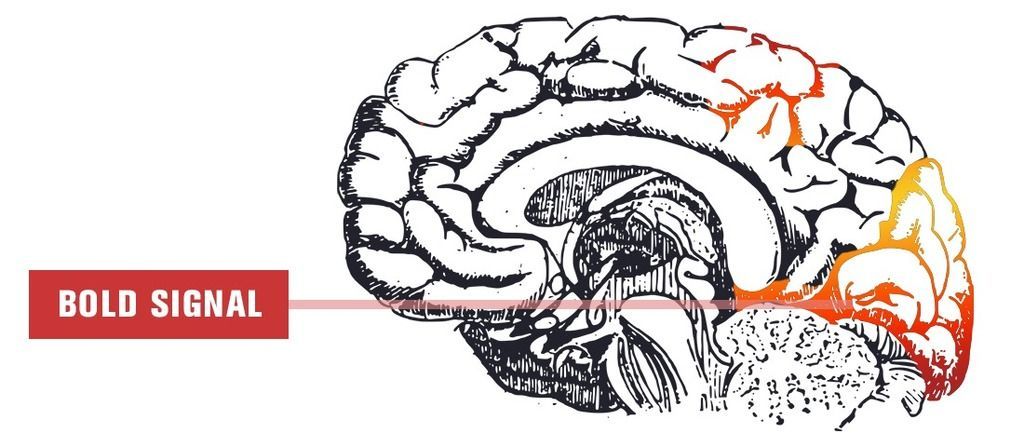
In some cases, brain evidence helps to resolve puzzles that psychologists have wrestled with for decades.
The social brain: prosocial behavior
Researchers Masten et al. examined neural activity during empathy for social exclusion. They assessed how empathy-related neural mechanisms might relate to prosocial behavior toward the excluded victim. The researchers asked participants to undergo an fMRI scan and measured their neural responses.
During the test, one group of participants watched a video showing how one person was excluded by two other persons. The other group saw the opposite: the video showed how a person was included in a group.
The group who observed exclusion activated brain regions linked with mentalizing. Highly empathic participants activated social pain-related regions as well.
Findings suggest that empathy-related neural responses to social experiences may promote spontaneous prosocial treatment of those in need.
Recap
To recap this blog series: the key principle is that there are multiple layers at work in our brain. Because of this, we don’t have to think about all the things we are doing – such as breathing. The lower centers, our ancient brain, is keeping us alive. It is our neocortex what makes us human, and makes us able to have deep conversations and have retrospective.
Emotions are related to physical or social interests, and regulate our life. They serve as a little package of intelligence to quickly solve a problem.
Finally, our brain can be seen as a predictor: it constantly anticipates so that you are prepared for the future.
Stay up-to-date
To stay up-to-date of the latest blog posts, subscribe to our monthly blog updates – and don’t miss the latest developments of behavioral research!
References
Baars, B. J., & Gage, N. M. (2010). Cognition, brain, and consciousness: Introduction to cognitive neuroscience. Burlington, MA: Academic Press/Elsevier.
Masten, C. L., Eisenberger, N. I., Pfeifer, J. H., & Dapretto, M. (2010). Witnessing peer rejection during early adolescence: Neural correlates of empathy for experiences of social exclusion. Social Neuroscience, 5(5-6), 496-507.
Related Posts

Neuromarketing research: Innovative research methods and techniques
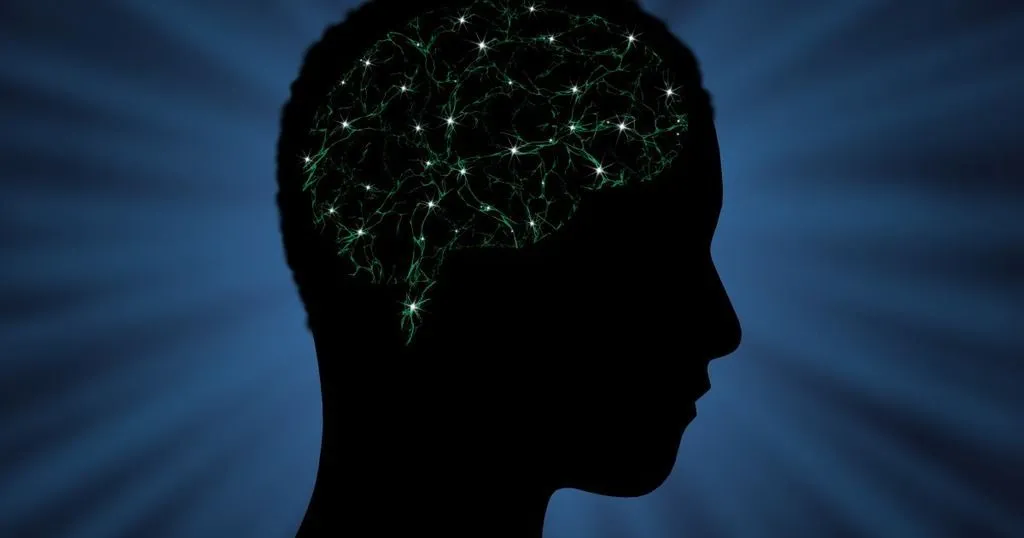
Researching comorbidity in patients with autism spectrum disorder
